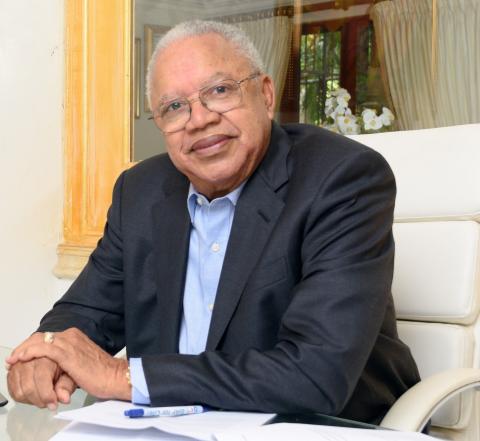
A new and popular wave of technology used in healthcare in the last decade or so is personal remote-care devices such as fitness trackers. This started an increase in the development of wellness apps and more involvement by persons in their health and well-being.
Since then, the healthcare IT industry has grown exponentially, and types of remote-care devices have been on the increase and incorporated into hospital and practice- management systems to create more holistic healthcare, with access from anywhere. This also enabled health professionals and organisations to be able to serve more people, including those who are immobile or can be better monitored through at-home care.
Remote-care devices span a large variety of health categories for which indices can be checked and monitored, including diabetes, heart conditions, blood pressure, mental health, and much more. They are a good way of keeping medical professionals abreast of the progress and constant condition of a patient even when they are not actively consulting.
Most hospital and practice-management systems can incorporate these indices into patients’ electronic medical records so that a history of their condition can easily be seen and used to track their progress, make decisions as to how best they should be treated, and assist them with prevention initiatives.
It is also a good way for people to self-track and make the lifestyle changes required to maintain good health. With the increased adaptation of e-health globally, there has been another push for remote=care devices to be used by individuals, but now also through their healthcare provider to promote individual responsibility, self-care and increased involvement in their ongoing health and wellbeing.
Self-care with respect to health, according to the World Health Organization (WHO), “is the ability of individuals, families, and communities to promote health, prevent disease, maintain health, and cope with illness and disability with or without the support of a health worker”.
The WHO continues to explain that “self-care recognises individuals as active agents in managing their own health care, in areas including health promotion; disease prevention and control; self-medication; providing care to dependent persons, and rehabilitation, including palliative care” – who.int.
Health technology has grown to embrace and facilitate these, and it is hoped that soon, more people can begin to take this approach to their health. This in turn would benefit the health sector tremendously by relieving the burden on facilities and health workers, while resulting in a healthier population.
MANAGING NCDS
Technology has evolved in many ways over the years and so has the concept of healthcare. Holistic healthcare includes the patient, and personal responsibility and self-care are now being promoted as a large part of maintaining good health.
This is particularly important given the increasing incidence of non-communicable diseases that continue to put a strain on our health sector. These diseases are in part best managed by lifestyle changes and maintenance of healthy habits, including diet, physical activity, and mental-health care. These are things that can be within the patient’s control to an extent while supervised and managed by their physician. This is the direction that healthcare must go, and the concept of self-care feeds into this.
The trajectory of the market for remote care and patient monitoring technology augers well for the development and use of e-health and personal-care technologies. According to research conducted by Business Wire, “the global remote patient monitoring market is projected to reach US$175.2 billion by 2027 from US$53.6 billion in 2022, at a [compound annual growth rate], CAGR of 26.7 per cent”.
Some of the factors driving this market include, as mentioned prior, the increasing incidence of non-communicable diseases, the ageing population, telehealth, and the increasing incorporation of remote patient monitoring alongside other healthcare strategies and advancements in telecommunications – businesswire.com.
Positive things are happening locally and globally in healthcare where the incorporation of technology is concerned. Now we must educate our population so that the steps taken in terms of transforming the sector through technology are complemented by an equally fast-paced and enthusiastic user acceptance and involvement.
- Doug Halsall is the chairman and CEO of Advanced Integrated Systems. Email feedback to doug.halsall@gmail.com and editorial@gleanerjm.com
Published: Sunday | January 22, 2023 | 1:07 AM-
https://jamaica-gleaner.com/article/news/20230122/health-tech-health-it-...

